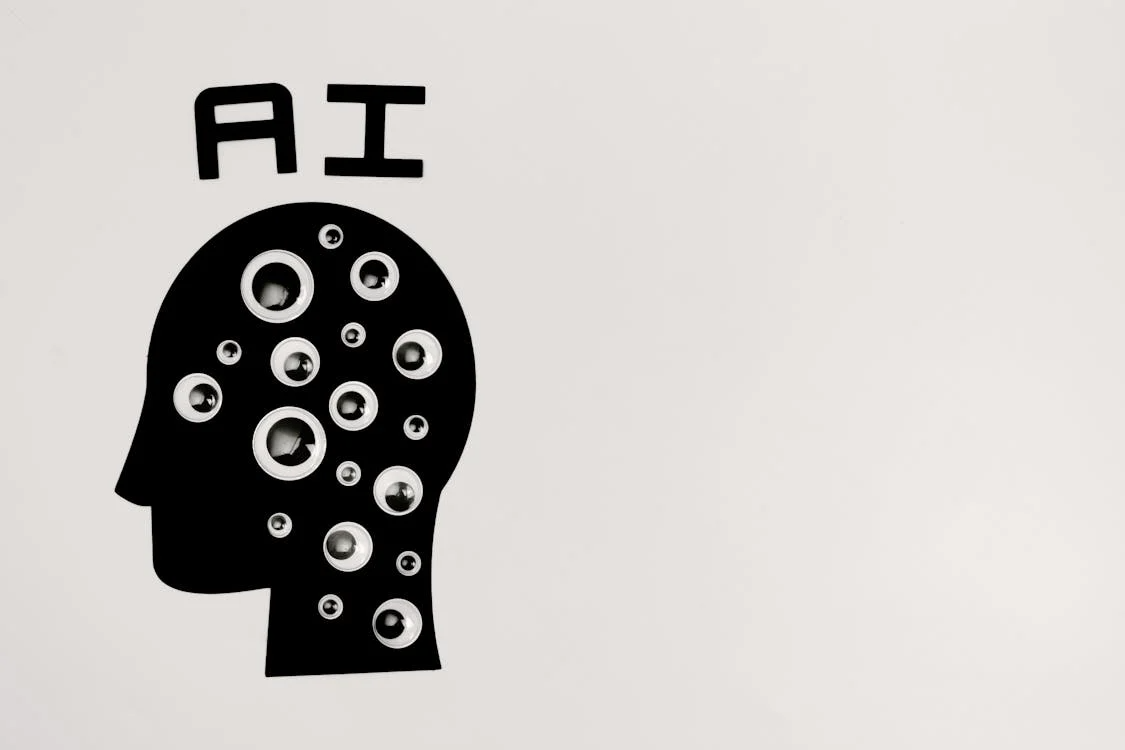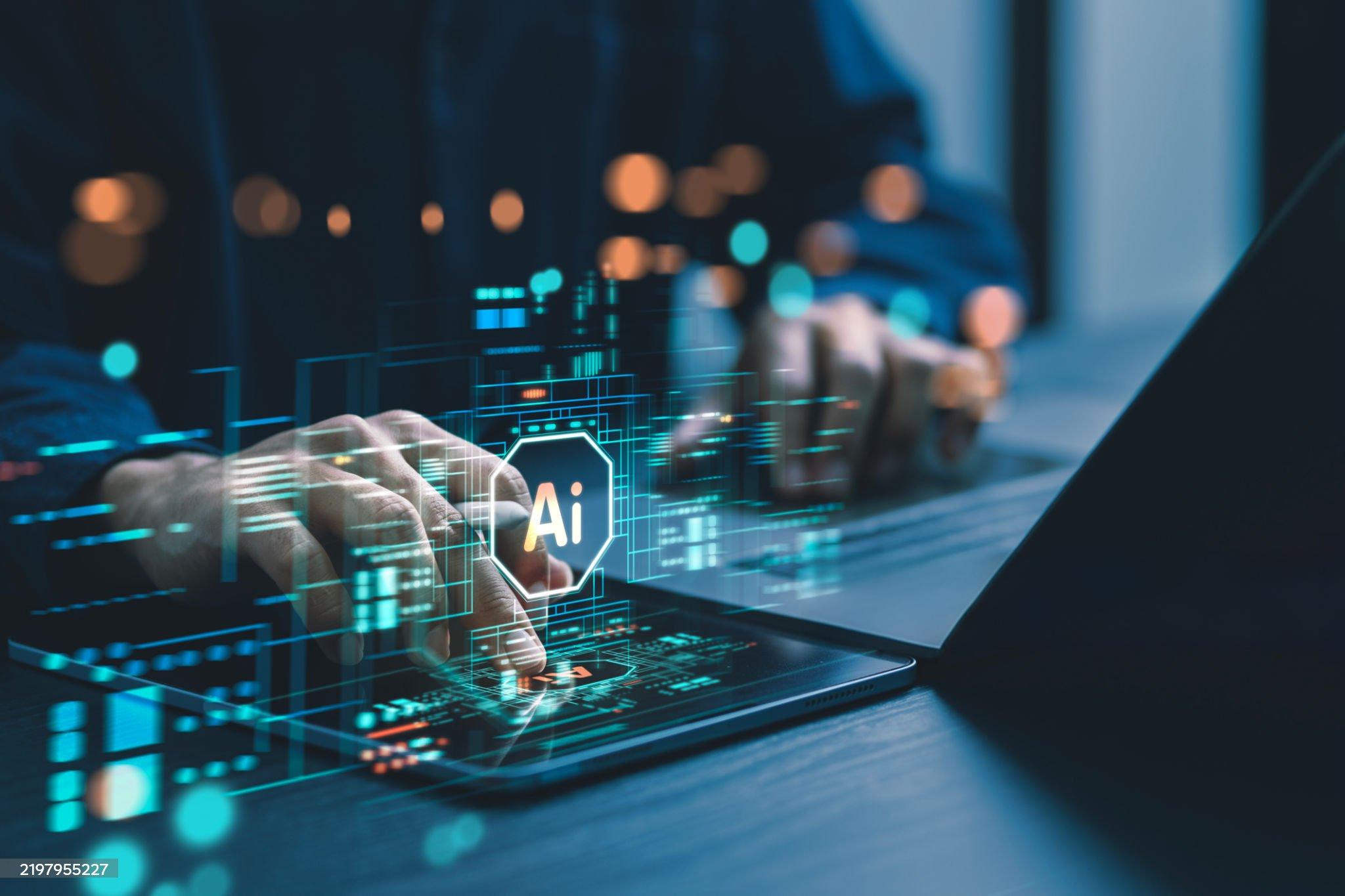Picture this: A global team huddled around a virtual conference table, pitching ideas in Mandarin, Spanish, and English, with seamless translations flashing across screens in real time. What once felt like science fiction is now edging into everyday reality, thanks to breakthroughs in artificial intelligence. Yet, as we peer into the next decade, the translation industry isn't heading toward a fully automated utopia—it's evolving into a sophisticated partnership where machines handle the heavy lifting and humans infuse the nuance.
At the heart of this shift is neural machine translation (NMT), a technology that mimics the human brain's neural networks to process languages more intuitively than ever before. Unlike older rule-based systems, NMT learns from vast datasets, predicting translations based on context rather than rigid grammar rules. This has already revolutionized how businesses operate across borders. Consider the explosion in e-commerce: Companies like Amazon and Alibaba rely on NMT to localize product descriptions for millions of users worldwide, boosting sales in non-native markets by up to 20% in some cases. The global machine translation market, valued at around $1.88 billion in 2023, is projected to climb to $2.34 billion by 2024 and could reach $2.72 billion by 2030, growing at a compound annual rate of 13.5%. These figures underscore a broader trend: As digital content surges—think streaming services, social media, and international news—the demand for quick, scalable translation is skyrocketing.
But let's not get carried away with the hype. While NMT has made strides in accuracy, jumping from error rates of 20-30% in early models to under 5% for common language pairs like English to French, it still stumbles on subtleties. Idioms, cultural references, and tonal shifts often get lost in the shuffle. For instance, a straightforward English phrase like "kick the bucket" might translate literally into another language as something absurd, stripping away its euphemistic meaning for death. In specialized fields like legal or medical translation, where precision can mean the difference between a successful contract and a costly lawsuit, pure AI falls short. Studies from the European Language Industry Association highlight that while AI excels at volume, human oversight catches 15-25% more contextual errors, ensuring compliance and cultural fit.
This is where the real magic happens: human-AI collaboration. Imagine AI as the tireless draft horse, churning out initial translations at lightning speed, while human experts act as the skilled riders, steering the output toward perfection. Case studies bear this out. In a project for the United Nations, combining NMT with human linguists reduced turnaround times by 40% while improving accuracy in multilingual reports on climate change. Similarly, in the pharmaceutical industry, where mistranslations could endanger lives, collaborative workflows have cut error rates by half, blending AI's efficiency with human judgment on ethical and regulatory nuances. The result? Not just faster work, but smarter, more empathetic communication that resonates across cultures.
Looking ahead, advancements like multimodal AI—which integrates text, voice, and even visuals—will push boundaries further. Real-time translation earbuds and augmented reality overlays could make international travel or business meetings feel borderless. Yet, experts agree that the top-tier services will always hinge on this hybrid model. As the overall translation services market swells from $59.93 billion in 2025 to $92.95 billion by 2030, at a 9.17% growth rate, those who master the blend of tech and talent will lead the pack. It's about leveraging AI to free up humans for what they do best: interpreting intent, preserving voice, and bridging cultural gaps.
For organizations navigating this landscape, partnering with a provider that embodies this synergy is key. Take Artlangs Translation, for example—a firm that's honed its craft over years of specializing in everything from core translation services to video localization, short drama subtitle adaptation, game localization, and multilingual dubbing for audiobooks and series. With mastery over more than 230 languages and a treasure trove of successful case studies, they've built a reputation for turning complex projects into seamless successes through rich localization expertise. In an era where collaboration defines excellence, outfits like Artlangs show how blending cutting-edge tech with seasoned human insight isn't just the future—it's the gold standard today.











